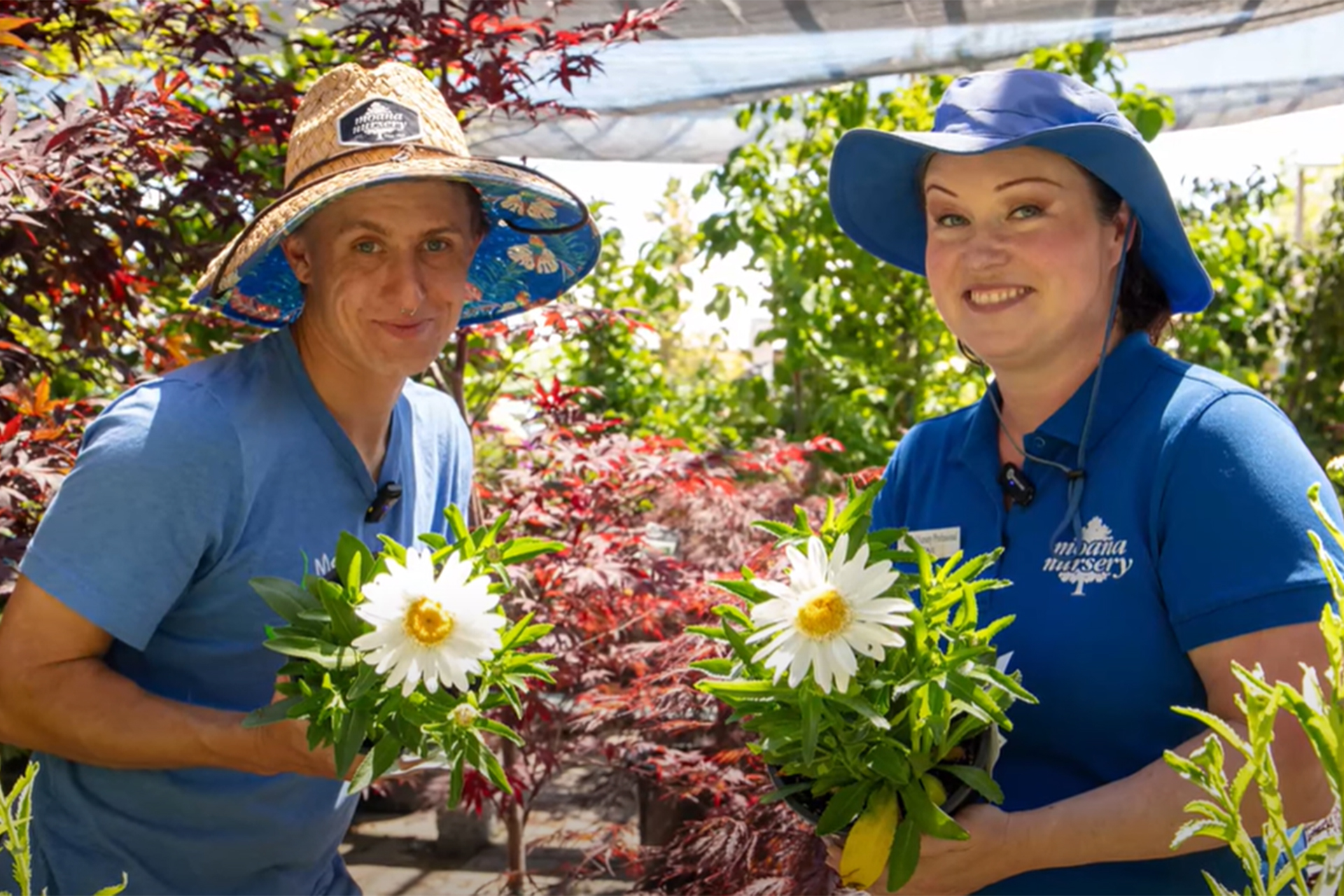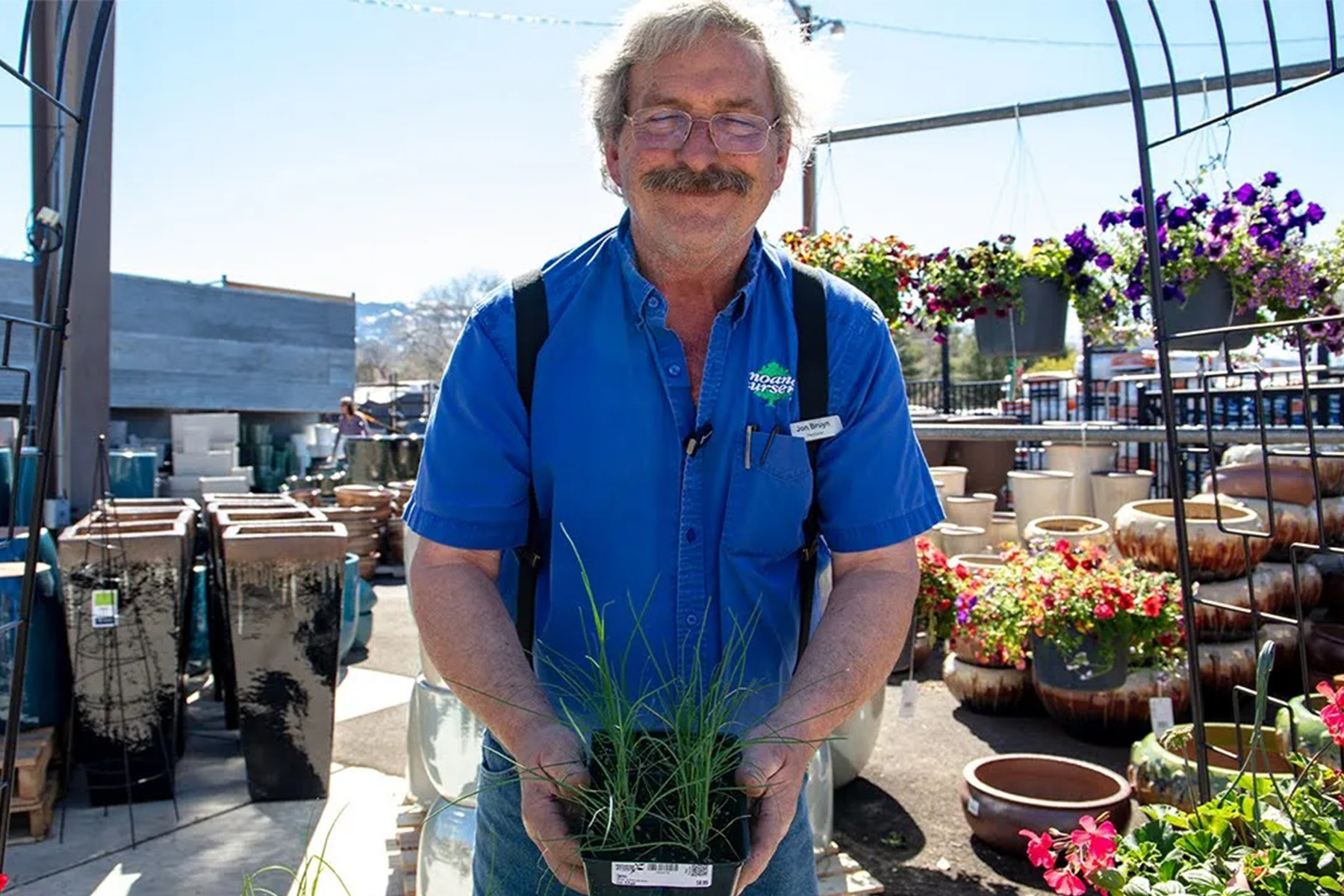Share

How Does Wildfire Smoke Affect Plants?
Wildfire smoke has unfortunately become a summer staple for us here in Northern Nevada. While smoke is bad for us across the board, from skin irritation to difficulty breathing to headaches, it’s more of a mixed bag when it comes to plants.
On one hand, smoke dims sunlight, which impacts photosynthesis. For plants that are already stressed or that require a lot of sunlight each day, this can be bad news. Shade friendly plants will tolerate the dip in light better, but all plants may lose some of their color or drop leaves if the smoke hangs around too densely for an extended period of time. Smoke can also cause plants to have trouble “breathing”, much like it does to us. Small particulate matter, which is what we measure using the Air Quality Index, can get into plants’ stomata. Stomata are microscopic openings on leaves that plants use to take in carbon dioxide and release oxygen, similar to how we breathe in oxygen and breathe out carbon dioxide. When these openings get blocked up by particulates, it can start to “choke” the plant, stressing it or even killing it in severe cases.
On the other hand, falling ash from wildfires is actually quite good for plants! Ash adds nutrients to the soil that are vital to plant health, including calcium, potassium, and magnesium. Some veggies such as lettuce, asparagus, leeks, garlic, and chives, as well as stone-fruit like peaches and plums, especially appreciate the extra boost from ash. Be sure to wash any edible plants that have been out in smoky conditions before eating them though. If there’s enough ash to cover your plant’s leaves, however, then it will reduce the plant’s ability to photosynthesize. This will eventually kill the plant if the ash isn’t removed, so wipe down any leaves that seem to be getting hit hard by ash or dust, and try not to water your plants from above as the residual water on their leaves will make the ash stick.

If you have any questions, stop by any one of our three Moana Nursery garden centers or contact us online.
Share

Regular care and preventative measures can keep your evergreens healthy and vibrant through the winter months.

Shasta daisies are a testament to the beauty and resilience that can flourish in the high desert, enhance your garden with their elegance.

In a world filled with artificial flavors and processed foods, cultivating your own herb garden offers a return to authenticity.

Here are some tips for successful early-season gardening, including cold-tolerant herbs and veggies and frost protection strategies.
